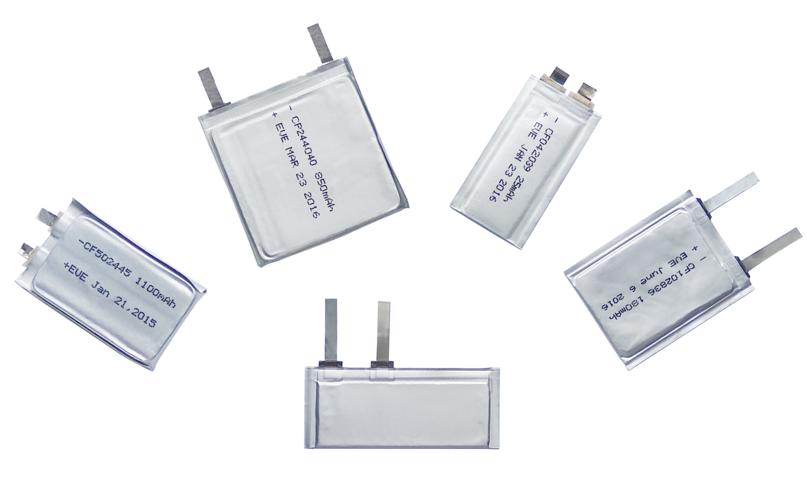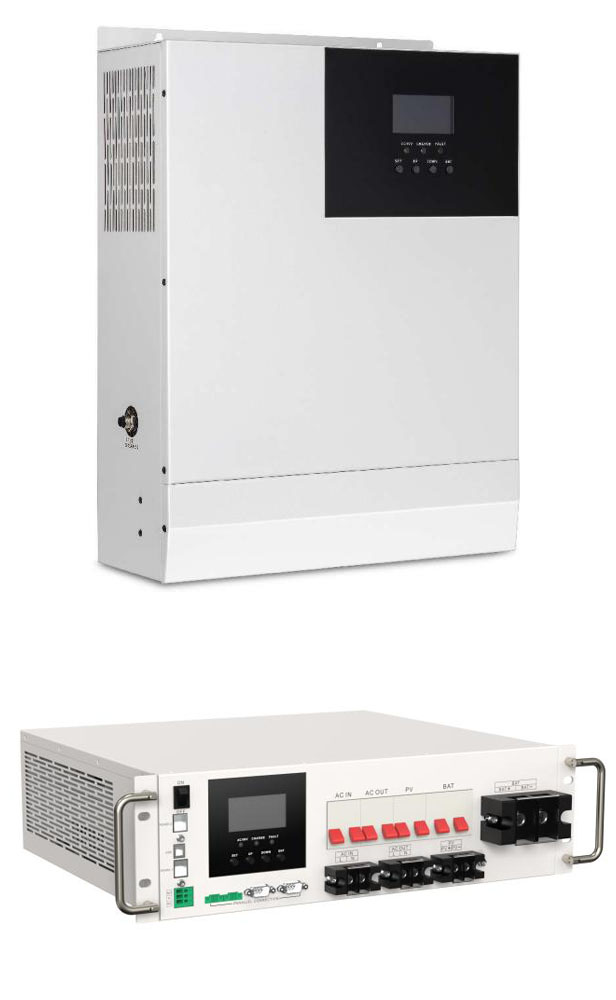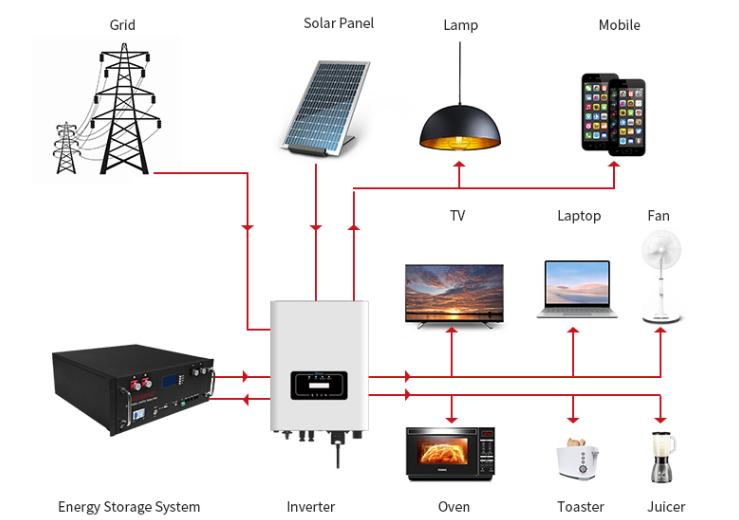

The difference between lithium iron phosphate power batteryand ternary lithium power battery
Lithium iron phosphate power battery refers to a lithium ion battery that uses lithium iron phosphate as the positive electrode material. Due to the lack of valuable materials(such as Co,etc),the price of li-ion battery cell is at a relatively low level, And in actual use, lithium iron phosphate power energy batteries have the advantages of high temperature resistance, high safety and stability, low cost, and high cycle performance.

Ternary lithium power battery refers to the use of lithium nickel cobalt salt as the positive electrode material, and graphite as the conductor material of the lithium battery. Different from lithium iron phosphate power batteries, the voltage platform of ternary lithium power batteries is very high, which means that under the same volume or weight, its energy and power of ternary lithium power batteries is higher. In addition, ternary lithium power batteries have the advantages of high charging multiples and low temperature resistance.
|
|
Ternary lithium power battery | Lithium iron phosphate power battery |
| Positive Electrode Material |
Nickel Cobalt Lithium Manganate/ Nickel Cobalt Lithium Aluminate |
Lithium lron Phosphate |
| High Temperature resistance (safety) | Worse | Better |
| Endurance in low temperature environment | Better | Worse |
| Energy Density | Higher | Lower |
| Recharge Mileage | More than 700 kilometers | less than 500 kilometers |
| Cost | CNY 0.75-0.9/Wh | CNY0.6/Wh |
| Charging and Discharging Cycle Life | 1000 times | 3000 times |
The advantagesof lithium battery
 1.Lithium batteries have a high voltage platform, and the average voltage of a single battery is 3.7V or 3.2V, which is approximately equal to the voltage of three NiCd batteries or NiMH batteries in series, which is convenient for forming a battery power pack.
1.Lithium batteries have a high voltage platform, and the average voltage of a single battery is 3.7V or 3.2V, which is approximately equal to the voltage of three NiCd batteries or NiMH batteries in series, which is convenient for forming a battery power pack.
2.Compared with batteries, lithium batteries have high energy density. It has a high storage energy density, which has reached 460-600Wh/kg at present, which is about 6-7 times that of lead-acid batteries.
3.Compared with lead-acid batteries, lithium batteries are light in weight, and the weight is about 1/5-6 of lead-acid products under the same volume.
4.The service life of lithium battery is relatively long, and the service life can reach more than 6 years. The battery with lithium iron phosphate as the positive electrode is charged and discharged with 1 CDOD, and there is a record of 1000 times of use.
5.With high power tolerance, the lithium iron phosphate lithium-ion battery used in electric vehicles can reach 15-30C charge and discharge capacity, which is convenient for high-intensity start-up acceleration.
6.Low self-discharge rate, no memory effect, often used in power supply of daily electronic products.
7.Lithium batteries are highly adaptable to high and low temperatures, and can be used in an environment of -20°C to 60°C. After technological treatment, they can be used in an environment of -45°C.
8.Green and environmental protection, regardless of production, use and scrap, it does not contain or produce any toxic and harmful heavy metal elements and substances such as lead, mercury, and cadmium.
The Introduction of inverter
The inverter is a converter that converts DC power (battery, storage battery) into constant frequency and constant voltage or frequency modulation and voltage modulation AC (generally 220V sine wave or three-phase 380V). It consists of inverter bridge, control logic and filter circuit.
It plays an important role in the photovoltaic system and is the core connecting solar panels, batteries and loads.
Features:
 ① LCD liquid crystal screen design and 3 LED indicators can dynamically display system data and operating status, which is convenient for users to view;
① LCD liquid crystal screen design and 3 LED indicators can dynamically display system data and operating status, which is convenient for users to view;
② With multiple protection functions, 360° all-round protection (short circuit protection, overvoltage and undervoltage protection, overload protection, backfill protection);
③ With mixed loading function: when the battery is not connected, the photovoltaic and mains can supply power to the load at the same time (the mains must be connected when there is no battery), and it can also enter the mixed loading mode when the battery is full, which can make full use of the energy of photovoltaics ;
④ There are multiple charging modes: only solar energy, city power priority, solar energy priority, hybrid charging, to meet various needs of users;
⑤Multiple communication methods, support RS485, CAN, RS232, dry contact, WIFI.
